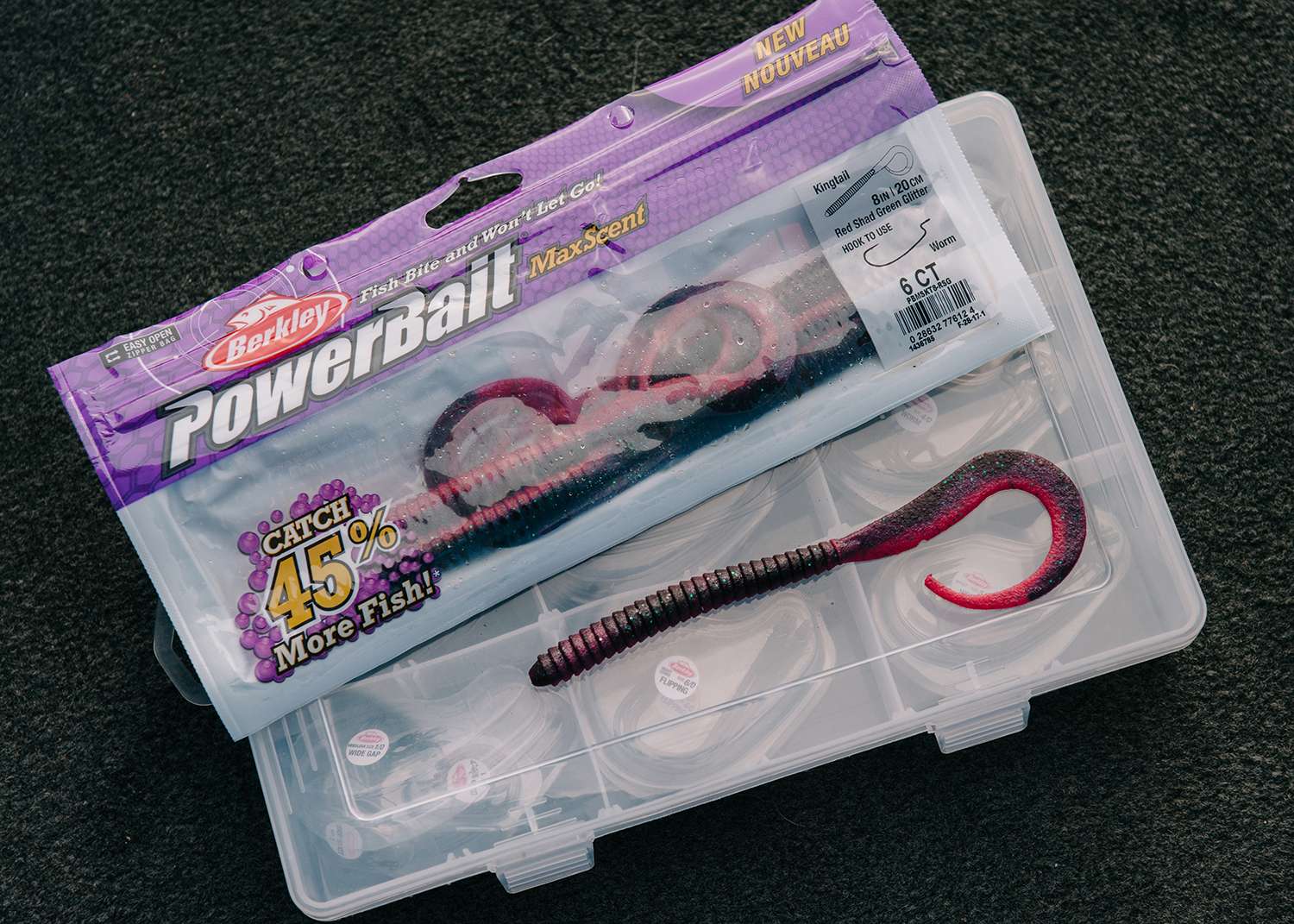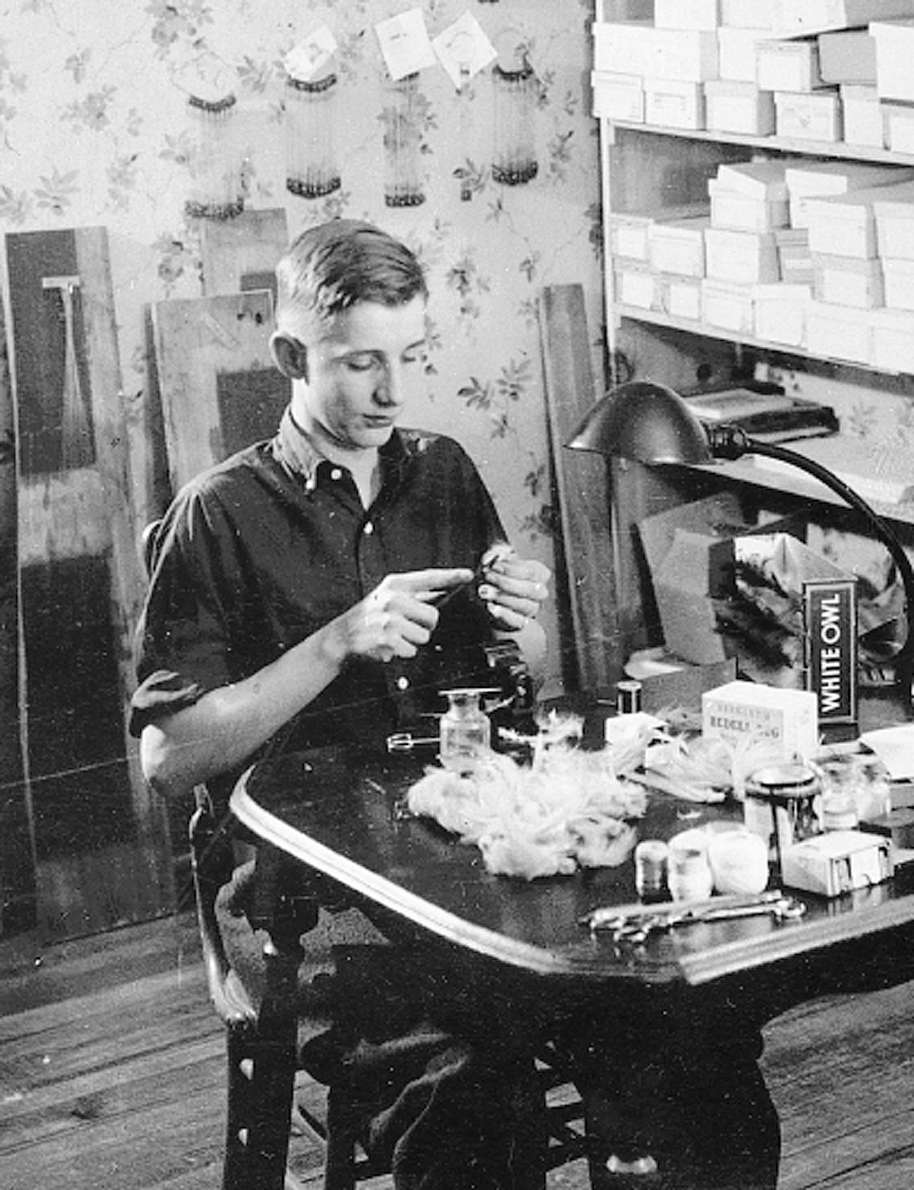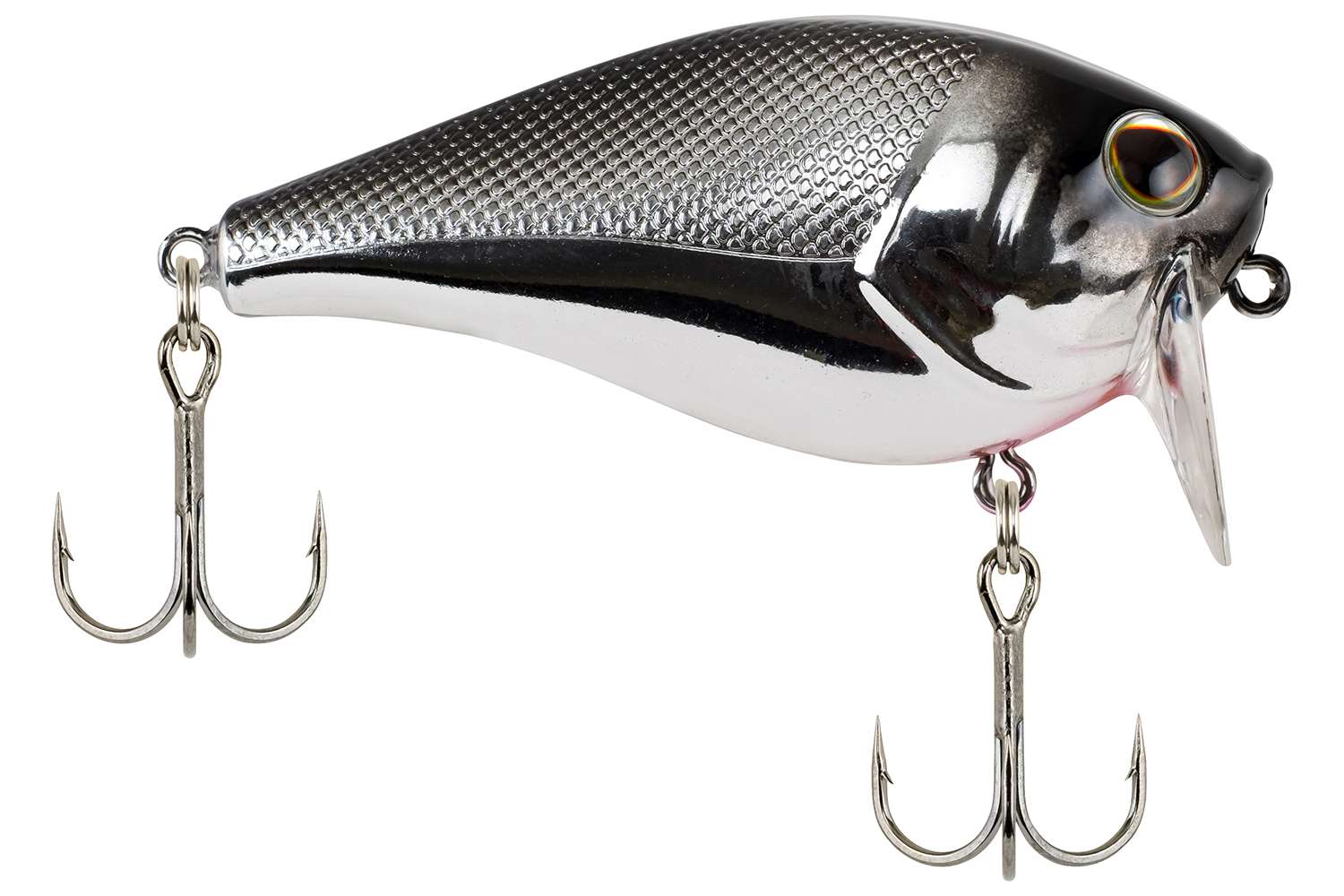
Editor’s note: 2018 marks the 50th anniversary of B.A.S.S. As part of our celebration we’re publishing stories, videos and photos about the history of the sport, including the one below.
The fine line between pride and arrogance is traced by intent. For Berkley, the intention is, has and will always be the betterment of the customer’s fishing experience.
That’s what motivated a 16-year-old Berkley Bedell’s original fly-tying business; a simple passion-fueled pursuit that set in motion a volcanic eruption of creativity and developmental determination that would yield the world’s most innovative fishing tackle company with that rare blend of international relevance and small town sincerity.

Mark Sexton, Manager of Research & Measures puts it this way: “Our founding principles were to create a good product and tell everyone. Berkley Bedell was passionate about this, and that’s the way the company has always played it; build the best product and shout to the world about it.”
Bold marketing; aggressive sales promotion? Sure, you need that stuff. But, at the end of the day, consumers who are equally passionate about the sport — not the casual tackle box stuffer; but the ones who can calculate barometric pressure, water temperature and wind influence in their head — know legitimate quality from smoke-and-mirrors.
To feed such passion, Berkley’s heralded course has been marked with many milestones confirming the company’s commitment to authenticity. In an industry awash with gimmicks, Berkley pairs the real with the reel.
Defining moments
Each year since Bedell founded Berkley and Company in 1945 has seen impactful additions, but a handful of key products have spurred advancement. Bedell’s expansion into Steelon leaders took him from hobby level commerce to a serious business.
With this avenue well established, Bedell turned his attention to fishing line, a course that would deliver industry-leading products such as Berkley Trilene (1959), Trilene XL (1972), FireLine (1996), Vanish (1999) and NanoFil (2011). Expanding into fishing rods broadened the Berkley profile and yielded iconic creations by the names of Berkley Cherrywood (1967) and Berkley Lightning Rod (1984).
Baits would be the next peak to climb and in 1985 Berkley released Strike — the first product to include real baitfish. About three years later, the culmination of fish biologist Dr. Keith Jones’ research into fish feeding stimulants yielded a monumental breakthrough known as PowerBait Trout Dough. Soon after, Power Worms and other molded plastics would follow, but this initial debut was nothing short of revolutionary.
“That was really the first big hit that we had and it’s funded everything in our bait development for the last 30 years,” said John Prochnow, Senior Director of Product Development. “It has funded a number of new laboratories and from that, we’ve been able to do a lot of research into freshwater and saltwater species.”
Neil Eibeler, CEO of Berkley’s parent company Pure Fishing adds: “PowerBait created the DNA for our brand going forward. We were the first to bring scent and flavor into the market and show how it is impactful to the fish. All the research was worth it because everything we do is based around that fish research.”
It’s confidence born of commitment, a relentless pursuit of perfection that eliminates doubt and compels communication.
“Back in the day, when we stuck our necks out and said ‘We have a PowerWorm that can beat any worm on the market,’ that was pretty bold,” said Sexton, who earned his Fisheries Biology degree from Iowa State. “We stood on a stump and told the world we can beat anybody, and the thing is we knew we were right.”
No doubt, many PowerBait products have justified the claim, but Sexton points to the Chigger Craw as a true beacon of success. As the bait’s principle designer, this one’s near and dear to him, so Sexton fondly recalls watching his creation play key roles in two Bassmaster Classic wins (Boyd Duckett-2006, Skeet Reese-2009) and an FLW Forrest Wood Cup title (Scott Suggs-2007).
In 2002, Berkley would again leverage its scientific prowess to create a new bait that would immediately expand the company’s international reach. Prochnow, who earned his Masters in chemistry from the University of Nebraska, recounts the day when Berkley President Tom Bedell challenged the research lab he was running to come up with a new environmentally-friendly bait with unprecedented fish appeal. The result was a single word that made the fishing world sit up and take notice — “Gulp!”, a degradable bait with scent dispersion 400 times greater than standard PVC products.
“Berkley Gulp! is a product for both fresh- and salt water and has total global appeal,” Eibeler says, noting the line’s particular popularity in Australia and Japan. “That’s a bait that’s applicable everywhere.”
Most recently, 2017 saw the release of PowerBait MaxScent — a diverse lineup made from a proprietary material designed to release a super-charged scent field. This one’s still in it’s infancy, but Bassmaster Elite pro Bobby Lane’s reliance on the MaxScent General for his March 2018 win at the Bassmaster Eastern Open on Florida’s Kissimmee Chain of Lakes made a powerful statement.
A team effort
Such achievements require the right minds with the right individuals; and that goes so much deeper than a resume. It’s the mindset, maybe more so, the heart-set. Just ask Sexton, who lauds Berkley for creating an environment where his angling heart and scientific mind find equal welcome.
“I’ve always married those two together; the passion of fishing plus the why’s and the how’s to the molecular level,” Sexton said. “I try to understand why fish do what they do and this job has allowed me to do that. I really appreciate that they allow me to do what I love here.
“It’s the passion behind making good products and using qualified people to do it. We hire scientists and chemists and all sorts of people who understand why lures and line catch more fish. We want to make better product every day.”

Product Development Director Joe Meyer has marked 30 years with Berkley. He says an early impression defines an integral element of the company’s success.
“When I started as a young engineer, I remember the HR team was quite proud to say the average person had been here 18 years,” Meyer said. “It seemed like a long time and now I am one of them. It just shows our company and community is a good place to work, live and play.”
Demonstrating the company’s commitment to consumer education, the Berkley Experience Trailer brings company history and engaging product displays to retail store grand openings and various public events, while a top-tier pro staff furthers the informative effort. Elsewhere, the Berkley Conservation Institute seeks to ensure a more positive environmental footprint. Good example: Berkley’s line recycling stations placed at tackle shops and boat ramps where used line is collected and repurposed for various Berkley products.
“We’re all conservationists at heart; we want to see our fisheries grow and we want to see water’s available for our kids,” Eibeler said. “These are things that help tie that back to our brand.”
Onward and upward
This year, ICAST 2018 saw Berkley introduce over 1,200 new product SKUs; a historic moment on the company’s timeline, and one which begs the question: How do you fairly summarize Berkley Bedell’s legacy? Perhaps more importantly, what keeps the fire lit?
Prochnow nails it with this sentiment. “My proudest moment is every day when I walk into a retail store and I see people pulling our product off those pegs and going out and catching fish with them. It’s an unbelievable feeling to walk a lakeshore and see families using your product, catching fish and having a good time.
“Beyond compare with anything that you can physically do or make commercially, it’s that actual moment of those people enjoying the product that you made and knowing that you, your team and the company you work for has helped create that moment.”
Pride in the product, pride in the people, pride in the intent. That’s something to shout about.





